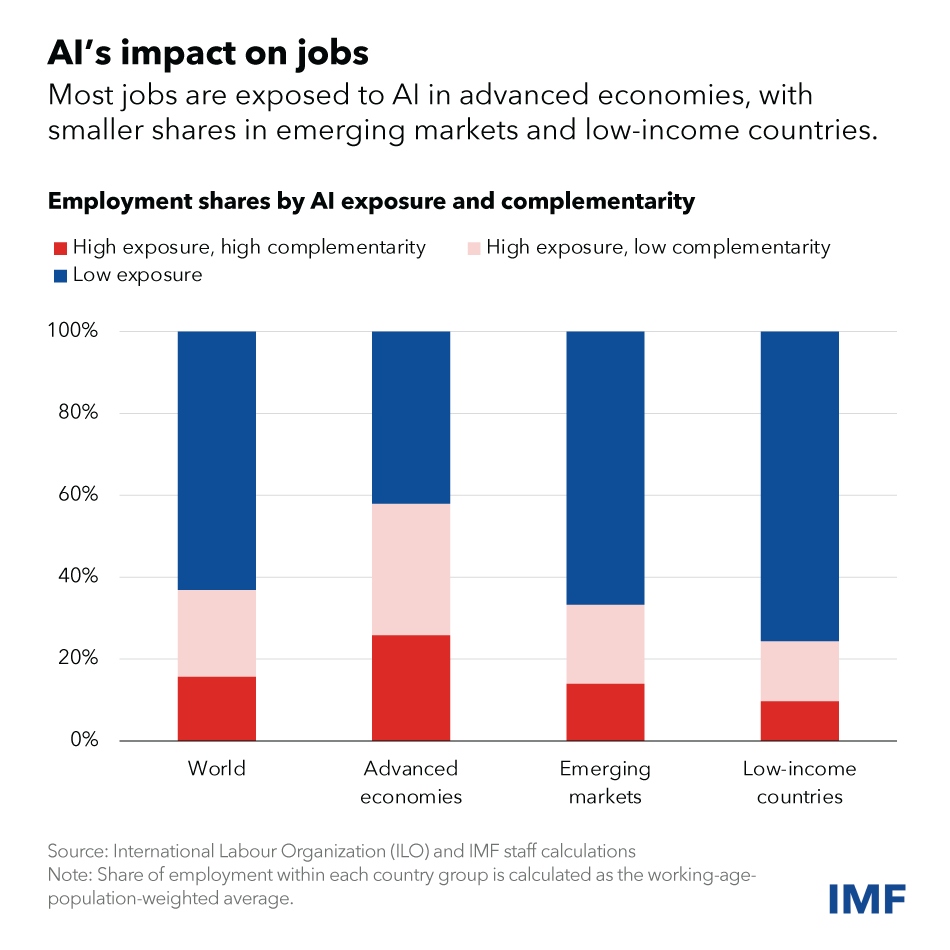The Impact of Artificial Intelligence on American Jobs and the Economy

Artificial Intelligence (AI) is no longer just a futuristic concept confined to science fiction. It has become a tangible and transformative force, reshaping various aspects of our lives and industries. As AI technologies advance, their influence on American jobs and the economy is becoming increasingly profound. In this blog, we delve into the impact of Artificial Intelligence on American jobs and the economy, exploring both the opportunities and challenges presented by this technological revolution.
1. The Evolution of AI and Its Economic Implications
a. AI Integration Across Industries
AI is making significant inroads across a multitude of sectors, from healthcare and finance to manufacturing and retail. Its applications range from automating routine tasks to providing sophisticated data analysis and predictive capabilities. This integration is driving efficiency and innovation but also reshaping the job market and economic landscape.
b. Economic Growth and Productivity
AI has the potential to boost economic growth by enhancing productivity and efficiency. Businesses leveraging AI can optimize operations, reduce costs, and increase output. For example, AI-driven analytics help companies make data-informed decisions, while automation streamlines manufacturing processes. This surge in productivity can lead to economic expansion and new opportunities.
2. Job Creation and Transformation
a. New Job Opportunities
While AI may lead to the displacement of certain jobs, it also creates new opportunities. The rise of AI has spurred demand for roles such as data scientists, AI specialists, and machine learning engineers. Additionally, as AI technologies evolve, new industries and job categories are emerging, requiring a workforce skilled in managing and developing these technologies.
b. Job Transformation and Skill Shifts
AI is transforming existing jobs by augmenting human capabilities and altering job responsibilities. For instance, customer service roles are increasingly supported by AI-powered chatbots, while healthcare professionals use AI tools for diagnostics and treatment planning. This shift necessitates a focus on reskilling and upskilling workers to adapt to the evolving job landscape.
3. The Impact on Employment Sectors
a. Manufacturing and Automation
In the manufacturing sector, AI-driven automation has revolutionized production lines, leading to more efficient and precise operations. While this reduces the need for manual labor, it also increases demand for technical roles related to machine maintenance and programming. The challenge lies in balancing automation with job creation in this sector
b. Retail and Customer Experience
AI is transforming the retail industry by enhancing customer experiences through personalized recommendations, inventory management, and efficient supply chain logistics. Retailers are leveraging AI to predict consumer preferences and optimize sales strategies, but this also impacts traditional retail roles and requires workers to adapt to new technology-driven tasks.
4. Economic Inequality and Workforce Displacement
a. Displacement of Low-Skill Jobs
One of the major concerns surrounding AI is the potential displacement of low-skill jobs. Roles that involve routine and repetitive tasks are particularly vulnerable to automation. This displacement can contribute to economic inequality and necessitate measures to support affected workers through reskilling and job transition programs.
b. Regional Economic Disparities
AI’s impact on the economy can also exacerbate regional disparities. Areas with a high concentration of tech industries may experience economic growth, while regions reliant on traditional manufacturing or service industries might face challenges. Addressing these disparities requires targeted policies and investments in education and infrastructure.
5. Policy and Ethical Considerations
a. Policy Development for AI Integration
To harness the benefits of AI while mitigating its challenges, policymakers need to develop frameworks that promote responsible AI use. This includes creating regulations that ensure ethical AI development, protecting workers’ rights, and supporting education and training programs that prepare the workforce for an AI-driven economy.
b. Ethical Implications and Bias
AI systems can perpetuate biases if not carefully designed and monitored. Ensuring fairness and transparency in AI applications is crucial to avoid reinforcing existing inequalities. Ethical considerations must guide the development and deployment of AI technologies to ensure they benefit society as a whole.
6. Preparing for the Future
a. Emphasizing Education and Training
As AI continues to evolve, education and training will play a critical role in preparing the workforce for future challenges. Emphasizing STEM education, digital literacy, and continuous learning will equip individuals with the skills needed to thrive in an AI-driven economy.
b. Encouraging Innovation and Collaboration
Fostering innovation and collaboration between businesses, educational institutions, and government entities can drive progress and create new opportunities. By working together, stakeholders can address the challenges posed by AI and leverage its potential to drive economic growth and job creation.
Conclusion
The impact of Artificial Intelligence on American jobs and the economy is multifaceted, presenting both significant opportunities and notable challenges. As AI technologies continue to advance, they will inevitably reshape the job market and economic landscape. Embracing this change requires a proactive approach to education, policy development, and ethical considerations. By navigating these challenges thoughtfully, America can harness the power of AI to drive economic growth, enhance productivity, and create a more dynamic and inclusive workforce.
Stay tuned for more insights and updates on how technology is shaping our world and what it means for the future of work and economic development.